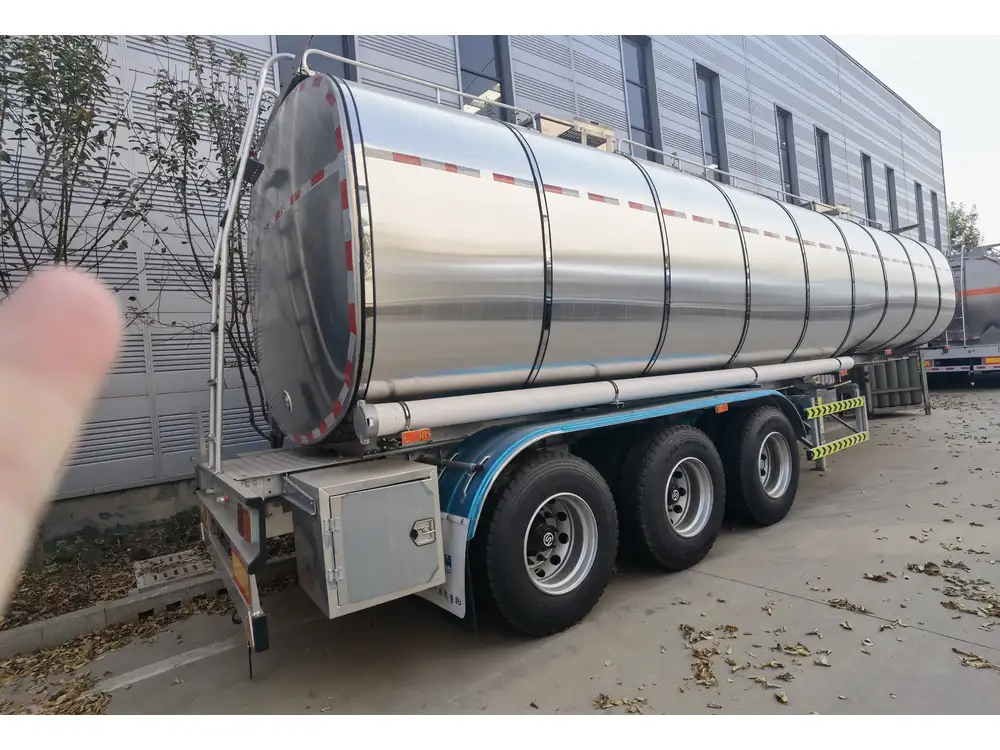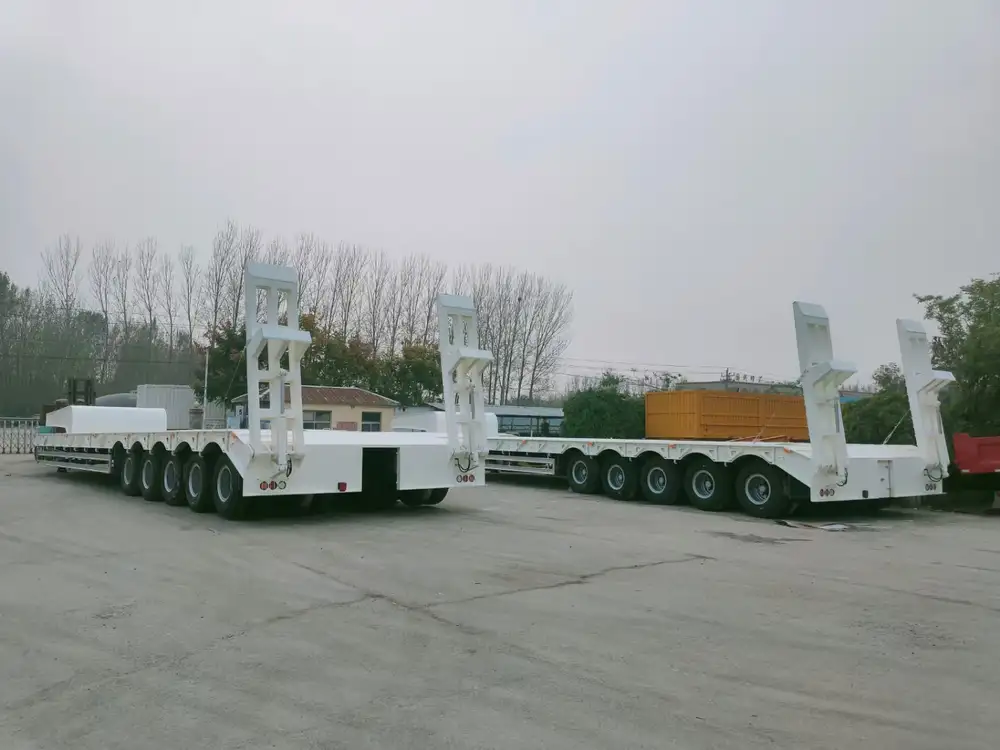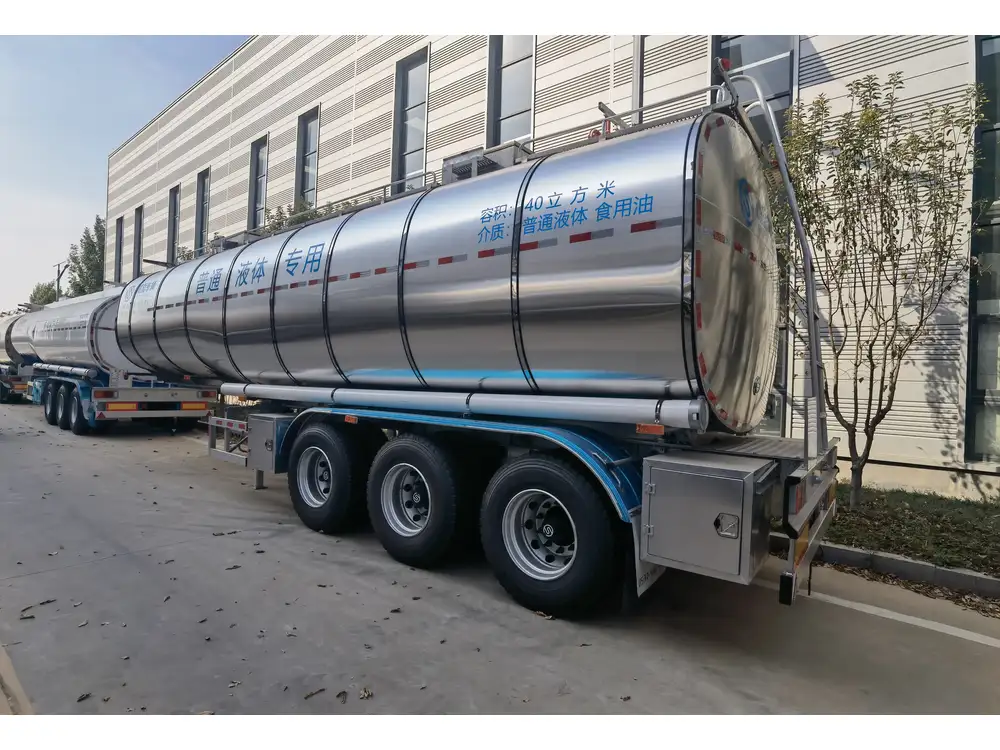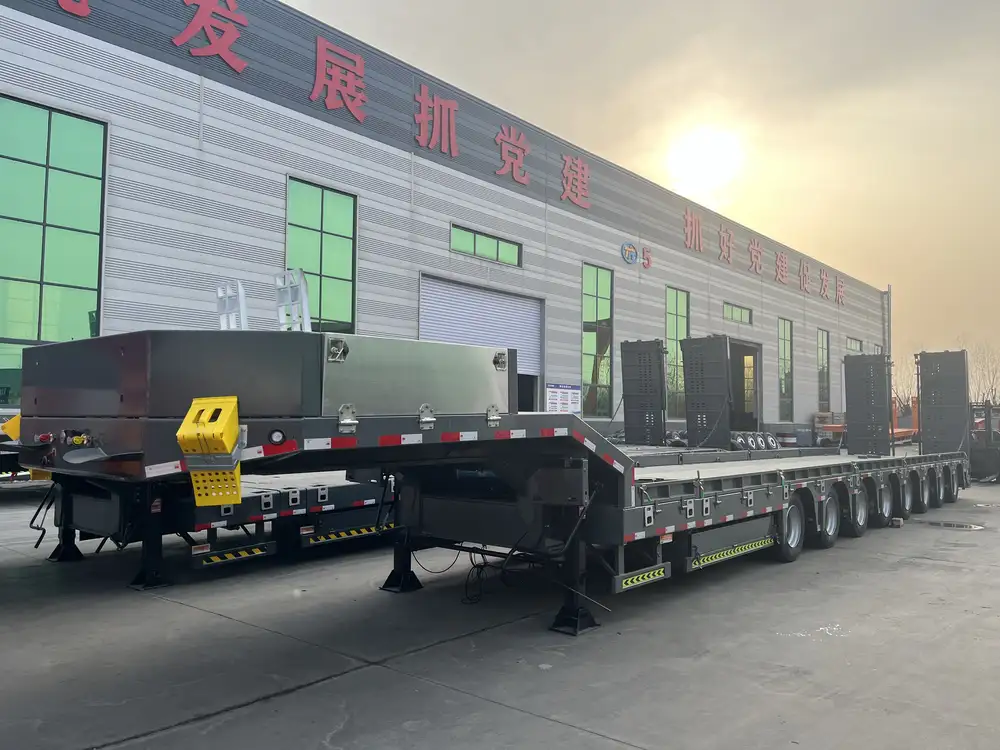Dump trailers are an invaluable asset in the world of construction, landscaping, and waste management. They combine versatility and efficiency, allowing for the transportation and disposal of various materials. Understanding how many cubic yards a dump trailer can hold is pivotal for selecting the right equipment for your needs. This comprehensive guide will delve into this essential topic, providing detailed information, comparisons, and practical advice.
Table of Contents
- What is a Dump Trailer?
- Measuring Dump Trailer Capacity
- Common Sizes of Dump Trailers
- Cubic Yard Calculation: Formula and Application
- Factors Affecting Dump Trailer Capacity
- Choosing the Right Dump Trailer for Your Project
- Conclusion
What is a Dump Trailer?
A dump trailer is a specialized type of trailer designed for transporting a variety of materials, including dirt, gravel, sand, and debris. Unlike standard trailers, dump trailers have a hydraulic lift that allows the cargo to be unloaded quickly and efficiently. They are equipped with high sides for increased volume and are commonly used in both commercial and residential applications.

Key Features of Dump Trailers
- Hydraulic Lift System: Enables easy unloading of materials.
- Durable Construction: Typically built from heavy-duty steel to withstand harsh conditions.
- Variety of Sizes: Available in multiple capacities to cater to different needs.
Measuring Dump Trailer Capacity
Capacity is often expressed in cubic yards, which is a volumetric measure that defines how much material a dump trailer can carry. To accurately understand this capacity, we need to look at various dimensions:
- Length: The total length of the trailer’s bed.
- Width: The width of the trailer’s bed, usually reflecting common width standards in the industry.
- Height: The height of the sides where the material is held.
To calculate the cubic yards, it is vital to convert these measurements from feet. The standard conversion is as follows:
1 cubic yard = 27 cubic feet
Dimensions to Consider
| Dimension | Unit of Measurement |
|---|---|
| Length | Feet |
| Width | Feet |
| Height | Feet |
By multiplying the length, width, and height of the trailer (in feet), and then dividing by 27, you can determine the cubic yard capacity.

Common Sizes of Dump Trailers
Dump trailers are available in various sizes, accommodating different capacities and applications. Here are some common dimensions and their respective capacities:
| Trailer Size | Length (feet) | Width (feet) | Side Height (feet) | Cubic Yards |
|---|---|---|---|---|
| Small | 6 | 4 | 2 | ~3.7 |
| Medium | 10 | 6 | 3 | ~7.4 |
| Large | 12 | 8 | 4 | ~13.3 |
| Extra-large | 14 | 8 | 5 | ~16.6 |
Note that the actual capacity may vary slightly based on design specifics and the materials being carried.
Cubic Yard Calculation: Formula and Application
To comprehensively calculate how many cubic yards a dump trailer holds, employ the following formula:
[ \text{Cubic Yards} = \frac{(\text{Length} \times \text{Width} \times \text{Height})}{27} ]Example Calculation
For a trailer that measures 10 feet in length, 6 feet in width, and has a height of 3 feet:
[ \text{Cubic Yards} = \frac{(10 \times 6 \times 3)}{27} = \frac{180}{27} \approx 6.67 ]This means the trailer can hold approximately 6.67 cubic yards of material.

Factors Affecting Dump Trailer Capacity
Several factors influence the effective capacity of a dump trailer, including:
- Load Distribution: Materials should be evenly distributed within the trailer for safe transport and maximum load capacity.
- Material Type: Different materials have varying densities (e.g., gravel vs. mulch), which affects the total weight that can be carried.
- Legal Road Limits: Local regulations may constrain the maximum weight permitted on public roads, influencing how much can be loaded into the trailer, regardless of its cubic capacity.
Density of Common Materials
| Material | Density (lbs/cubic yard) |
|---|---|
| Topsoil | 1,000 |
| Sand | 2,600 |
| Gravel | 1,800 |
| Mulch | 500 |
Choosing the Right Dump Trailer for Your Project
When selecting a dump trailer, it is essential to consider several factors beyond just capacity:
- Intended Use: What will the trailer predominantly transport? The material type impacts susceptibility to wear and tear.
- Trailer Weight: The empty weight of the dump trailer will affect how much you can load legally.
- Vehicle Compatibility: Ensure your towing vehicle can safely handle the trailer’s weight and dimensions.
- Local Regulations: Check any weight restrictions for your area to avoid fines and ensure road safety.

Quick Checklist for Dump Trailer Selection
- [ ] Determine material types and weights.
- [ ] Assess vehicle tow capacity.
- [ ] Measure job-site access for trailer dimensions.
- [ ] Check local regulations for permissible weight limits.
Conclusion
Understanding how many cubic yards a dump trailer can hold is crucial for any construction, landscaping, or waste management professional. Knowing the capacity helps determine the most efficient way to transport materials, ensuring that projects are completed on time and within budget. With the right knowledge and tools at your disposal, choosing the best dump trailer becomes an empowering step that paves the way for operational success.
By considering critical factors such as load distribution, material density, and legal weight limits, you can maximize the efficiency of your dump trailer, enabling you to take on more significant projects with upmost confidence. Whether you’re hauling topsoil for a garden, gravel for a driveway, or debris from a demolition site, ensuring that you select the appropriate size and type of dump trailer is paramount to your project’s success.



